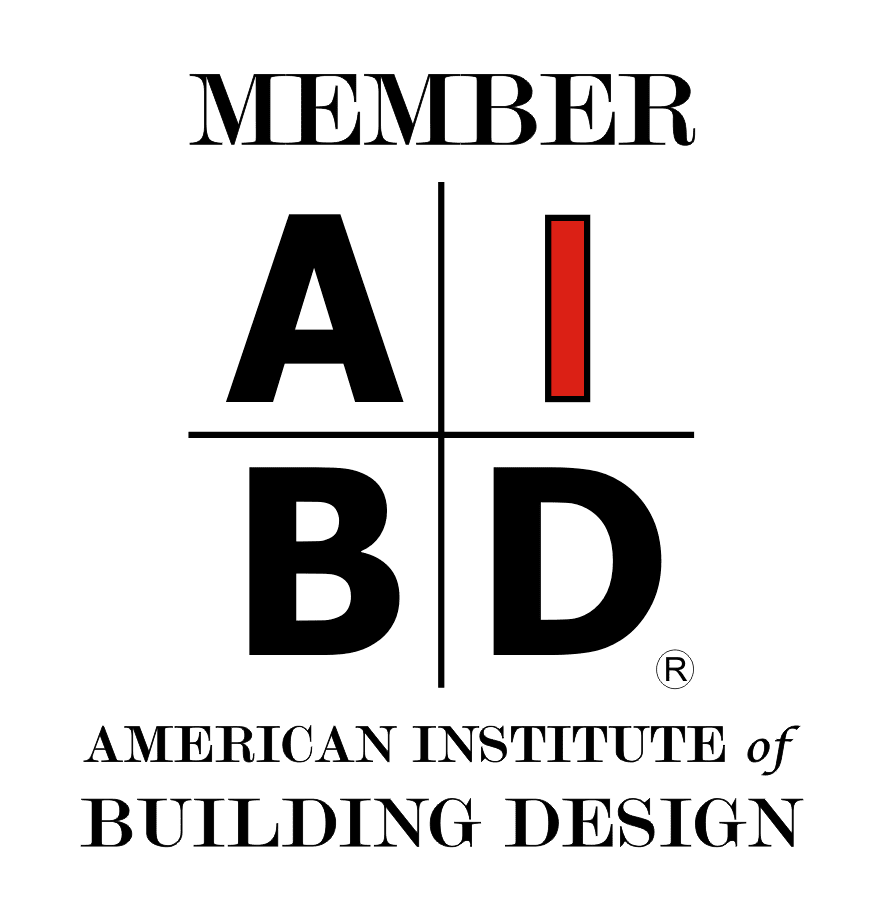Building Designers vs. Architects – What’s the Difference?
Building Designers vs. Architects – What’s the Difference?
The study of building design is called architecture, so an architect is a building designer. One might think, that also means a building designer is an architect. Not so fast…
Building Designers vs. Architects, is there a difference? If you talk to the two, the answer from both will be “yes”, most likely though for very different reasons. Let’s look at some of those reasons.
License
First and foremost, “license”. In every jurisdiction in the United States (and most of the rest of the world as well) to use the term “Architect” you have to be licensed. You must obtain a license in each state that you practice in, giving you the authority to call yourself an Architect. Any form of advertising that includes that term such as business cards, company name, etc. is prohibited unless you have that license.
Does this mean you have to have that license in order to practice architecture? No, the laws in most states do not require a licensed architect to design residential buildings. Almost all states offer an exemption to licensure for Single-family dwellings. In Utah the exemptions, which include one and two-family dwellings as well as townhouses, can be found here. Also, a list of the Architecture Boards for each state can be found at ArchitectureLaws.com. A licensed architect is referred to as a Registered Architect (RA). An "unlicensed architect” is therefore referred to as a Building Designer, Residential Designer, or Home Designer.
So, simply put, having an architect’s license only adds large-scale commercial type projects to your scope of design capabilities. Though I don’t think that is not how an architect would look at it. Does this mean that Architects only do these large-scale commercial type projects? No, there are many Architects that specialize in residential only.
Some states are moving toward a separate licensure for Residential Designers. Nevada was the first to implement this. And it is quite possible many states will follow suit. In the meantime, this leaves the consumer to have to evaluate the factors relevant to their specific needs.
Education
A Registered Architect (RA) is required to obtain a professional degree from accredited architectural program (usually 5 year program), provide proof of diversified practical experience (internship, some of which may coincide with education time), pass a multi-part competence exam and apply for the state license. Minimum time to get license, start to finish, at least six (6) years. Once licensed in one state, many others offer reciprocity allowing you the ability to become licensed in multiple states.
A Certified Professional Building Designer (CPBD) is required to have at least six (6) years of practical experience, three (3) of which can be from education. Then pass a multi part competence exam and apply for certification.
An “unlicensed architect” or non-certified building designer is not required to have any of this experience or education. Does that mean that they have no experience or education? Not usually, many building designers are engineers, former general contractors or building officials that may have years of experience or education equal to or greater than an architect. It’s just harder to verify their credentials. However, this still leaves the consumer to have to evaluate the factors relevant to their specific needs.
Design professional organizations
For building designers, there are a few organizations in which they can achieve a level of public professionalism. One of them is the American Institute of Building Design (AIBD). The AIBD is to building designers what the American Institute of Architects (AIA) is to Architects. Professionals bound together by common interest and expertise in their organization. In fact, AIBD includes building designers, engineers and architects within its membership. Both groups require a certain amount of CEU’s (continuing education units) each year to show that you are actively learning and staying in tune with the latest in design technology.
Not all Registered Architects (RA) are members of AIA, but to use the credential of AIA after your name you must be an RA and a member in good standing of AIA. Likewise, not all Certified Professional Building Designers (CPBD) are members of AIBD, but to use the credential of AIBD after your name you must be a CPBD and a member in good standing of AIBD. Another such organization that exists is the Texas Institute of Building Design (TIBD).
National Council of Building Designer Certification (NCBDC) offers an accredited program that certifies the competency of professional building designers in ethics, procedures, architectural styling, structural engineering and construction principles, processes, materials, and methods. It assures consumers and other industry professionals that the person has met the critical requirements of a Certified Professional Building Designer (CPBD).
Building designers or residential designers, as referred to by some, do great work. And in some cases, building designers may even be better than some architects that specialize in other types building designs. This is not to say that architects are not good home plan designers. As mentioned before, there are many architects that specialize in residential only. But you may need consider choosing your design professional based on his/her specialty, experience, talent, and not just licensure.
Interviewing Building Designers for the home design services they offer will help you in making a choice between the two. You will likely encounter various home plan design fees with either of these design professionals, so you must also consider your design services budget too.




